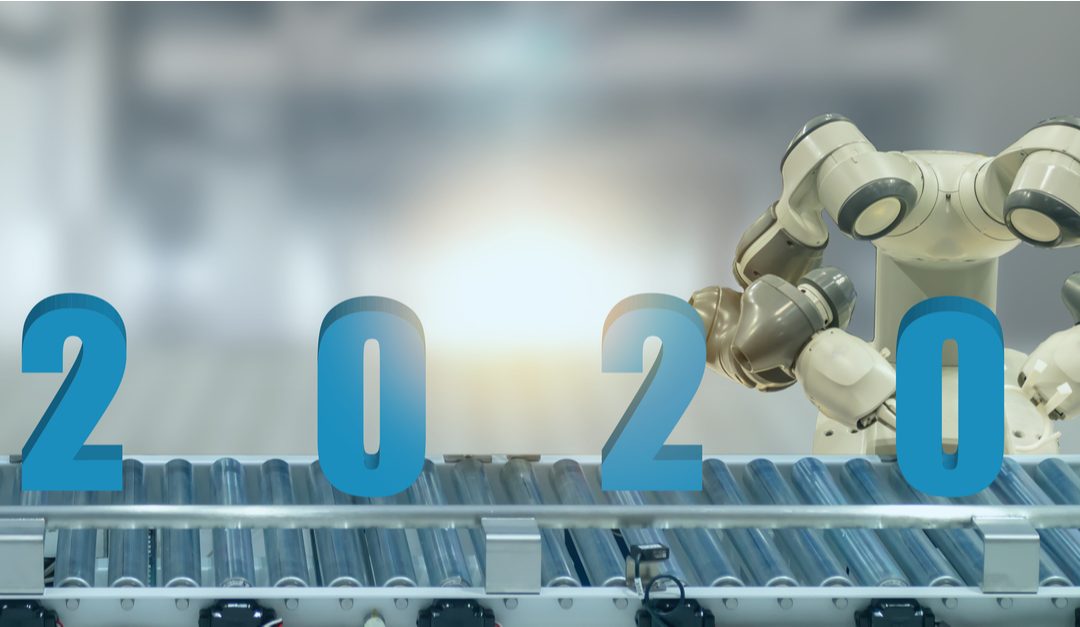What does 2020 hold for Manufacturing?
We recently blogged about healthcare, one of the major sectors we operate in, and what we think the sector holds in 2020. Today we’re turning to manufacturing.
Earlier this year, we predicted that technology for manufacturing in 2019 would be dominated by the IoT, cybersecurity, augmented reality and a drive to greater collaboration – and we think it’s safe to say that our predictions were borne out. The IoT in particular has gained hefty traction in the manufacturing industry over the past 12 months, as all kinds of businesses deploy networks of connected sensors to streamline and automate production lines and move to a more proactive and predictive way of maintaining expensive hardware.
We certainly expect this trend to continue in 2020, and it will be intricately interlinked with two further areas of advancement and diversification: big data and artificial intelligence; and robotics and advanced automation.
Big data and artificial intelligence
As we know, the IoT is fundamentally about data. It enables organisations to capture information which previously went untapped, to analyse it in real-time and to use that data to generate tangible insights and actions.
As IoT networks of connected sensors – whether on a manufacturing factory floor, or actually embedded in the end products – vastly increase the amount of data available to manufacturers, those businesses need fast, efficient and intelligent ways of analysing that data. And this requires artificial intelligence (AI) and machine learning, to track trends in vast quantities of information and adjust those algorithms over time.
Robotics and advanced automation
Figures from the Robotic Industries Association have reported that robot orders in the US alone increased by 5.2% through the first three quarters of 2019, with North American companies ordering 23,894 robots at a value of $1.3 billion. The largest driver of year-to-date growth in units ordered was from automotive OEMs (47% increase over last year), followed by plastics and rubber (15%), and then food, which recorded a 4% increase.
In other words, organisations from diverse corners of the broader manufacturing industry are clearly recognising the value that increasingly advanced robotics can bring. In 2020, we expect this trend to continue, galvanised in part by the rise in big data and AI predicted above. The more intelligence manufacturers can glean from their own processes and wider industry trends, the more sophisticated their robotics can become.
The rise of additive manufacturing
In October, GlobalData reported that the 3D printing market will be worth $32 billion by 2025 and over $60 billion by 2030. As the report points out, 3D printing ‘primarily enhances the speed of product manufacturing and addresses the challenges associated with producing of prototypes during new product development, irrespective of design complexities’. In other words, 3D printing can dramatically increase the speed of both new product development, and product manufacture itself, with exciting possibilities for the efficiency of manufacturing and industrial organisations. Will 2020 be a year of powerful 3D printing growth? We will have to wait and see. But it certainly seems clear that 3D printing will transform processes in this industry, with product designers in particular able to take on new approaches and develop new skills.
And where is Distec in all this? We are proud to offer an array of highly robust and ruggedized computing solutions for the manufacturing industry, which enable businesses to take advantage of these sophisticated new digital solutions without fear that their hardware will be damaged.

